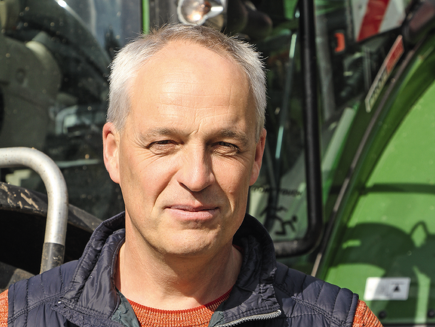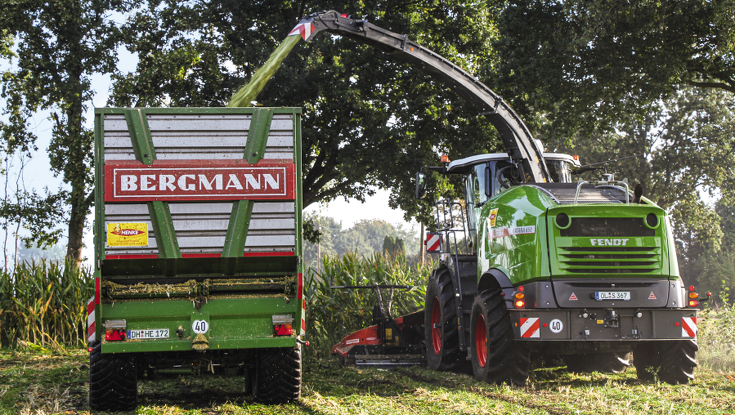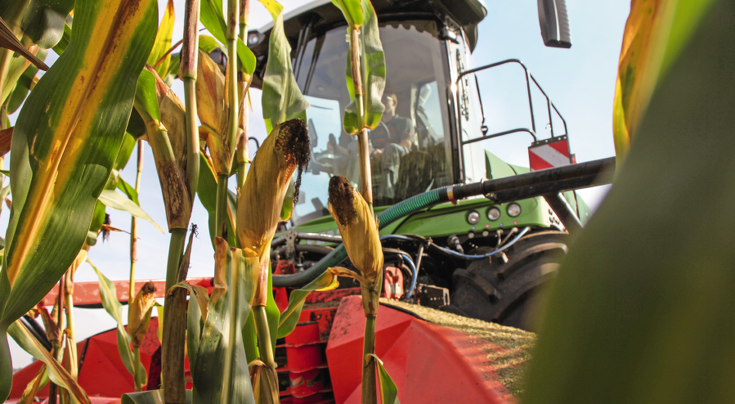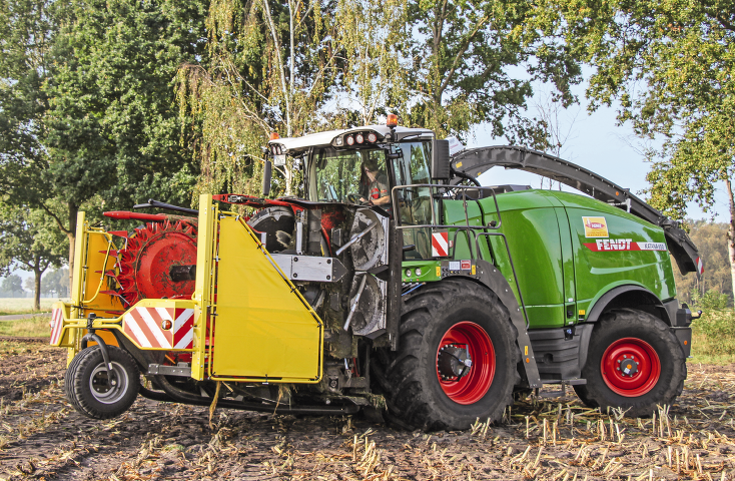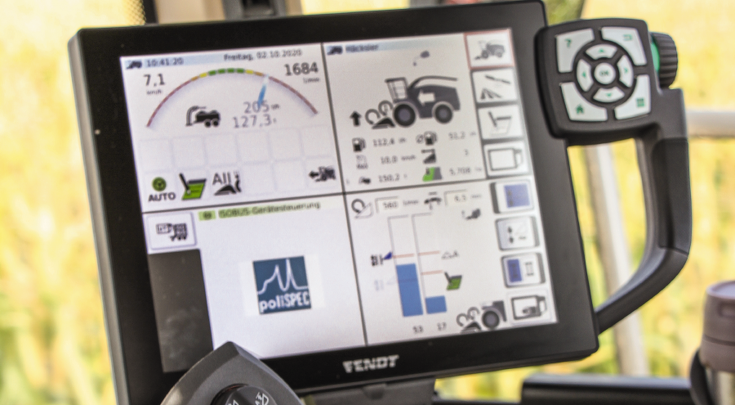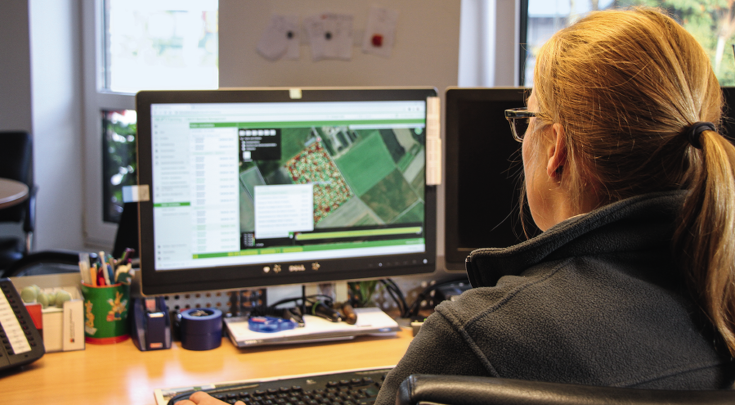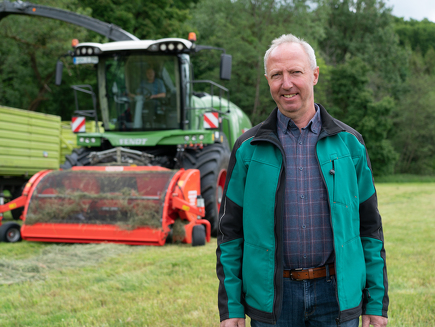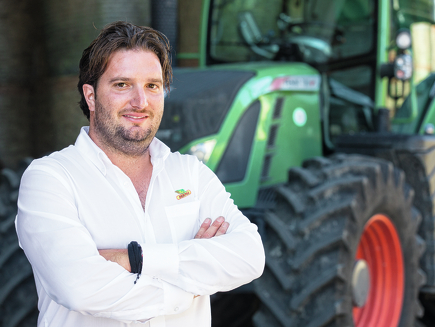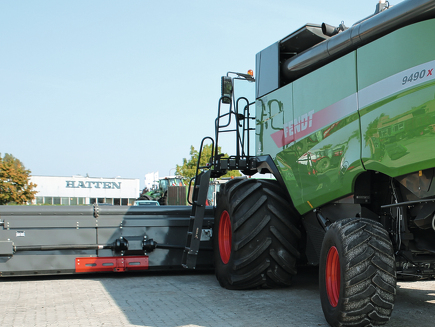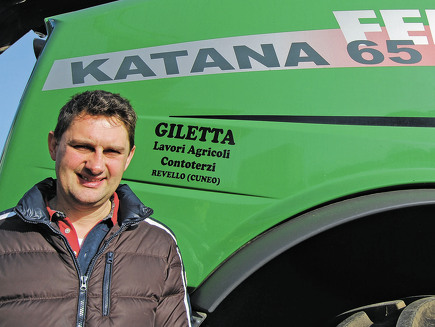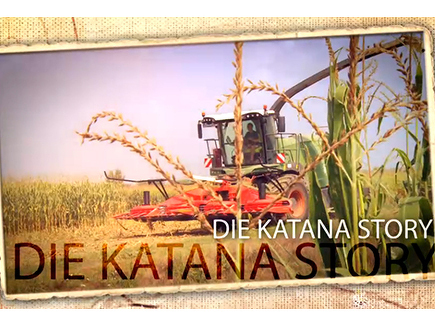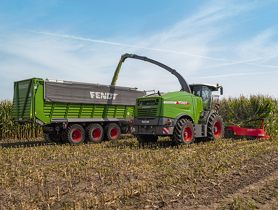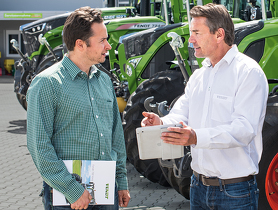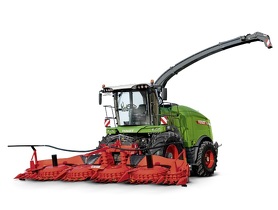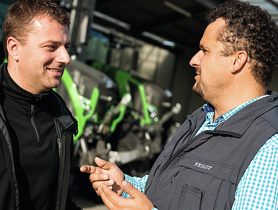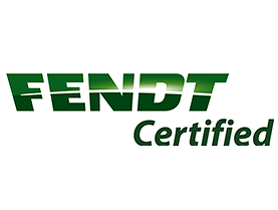Katana means ‘longsword’ in Japanese, although the blade shape of the weapon is more like a sabre. While the Katana is usually run two-handed, the average sabre is designed as a one-handed weapon. Thanks to its engineering, the Fendt Katana 650 from Hohenmölsen, Saxony-Anhalt, can be driven in maize almost without intervention. Contractor Jörg Henke makes the most of the latest upgrades in chopper technology.
"Boss, have you really thought this through?" is how one member of the team commented on Jörg Henke's decision. What happened? The contractor ordered the new Fendt Katana 650 for the 2020 maize season – a very conscious choice after careful consideration. Five years ago, the Katana 85 was the first Fendt chopper to join the contractor's fleet in Wagenfeld Ströhen (district of Diepholz). Now the successor model has the chance to prove itself against the 11 choppers in the company fleet.

